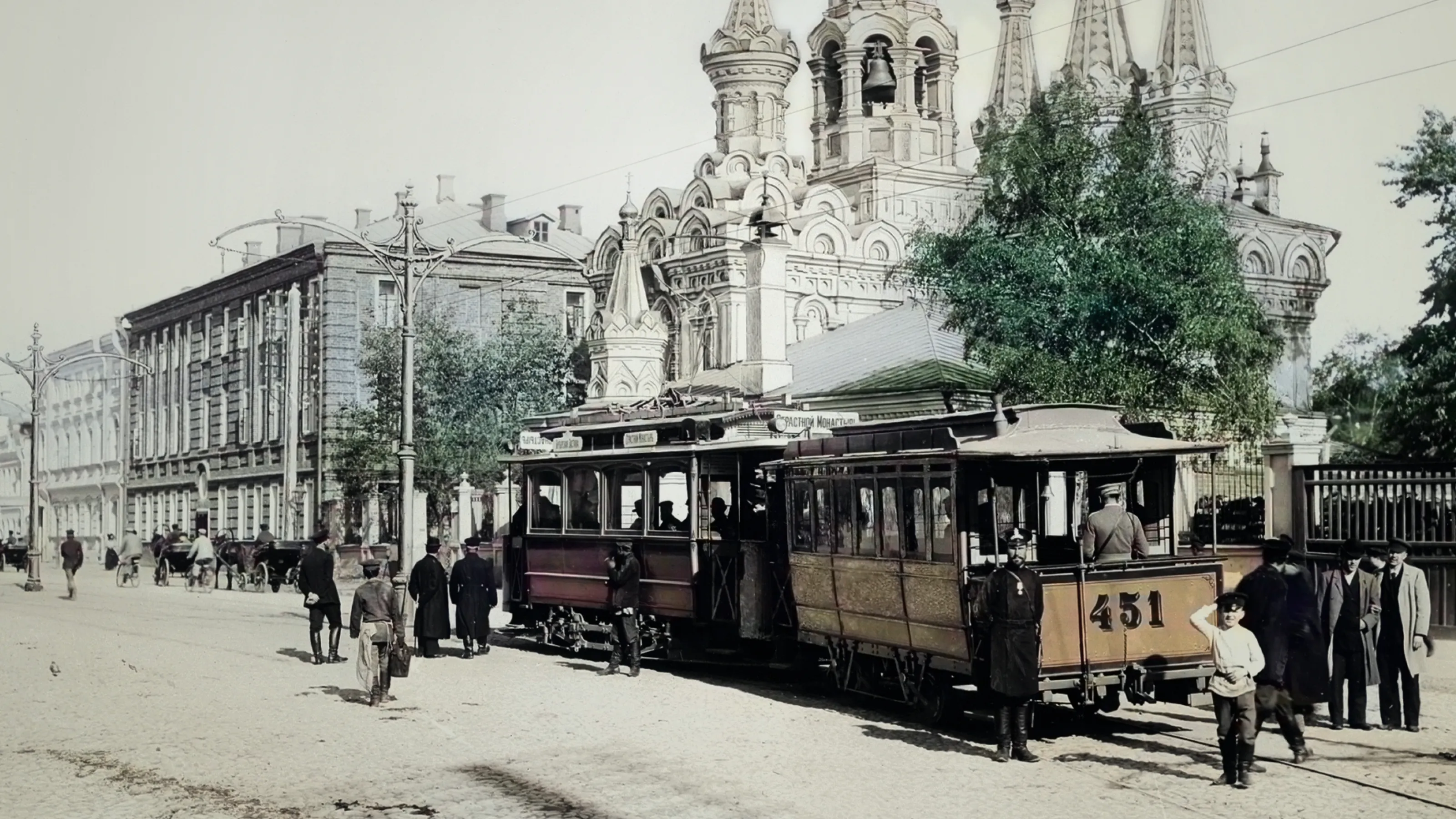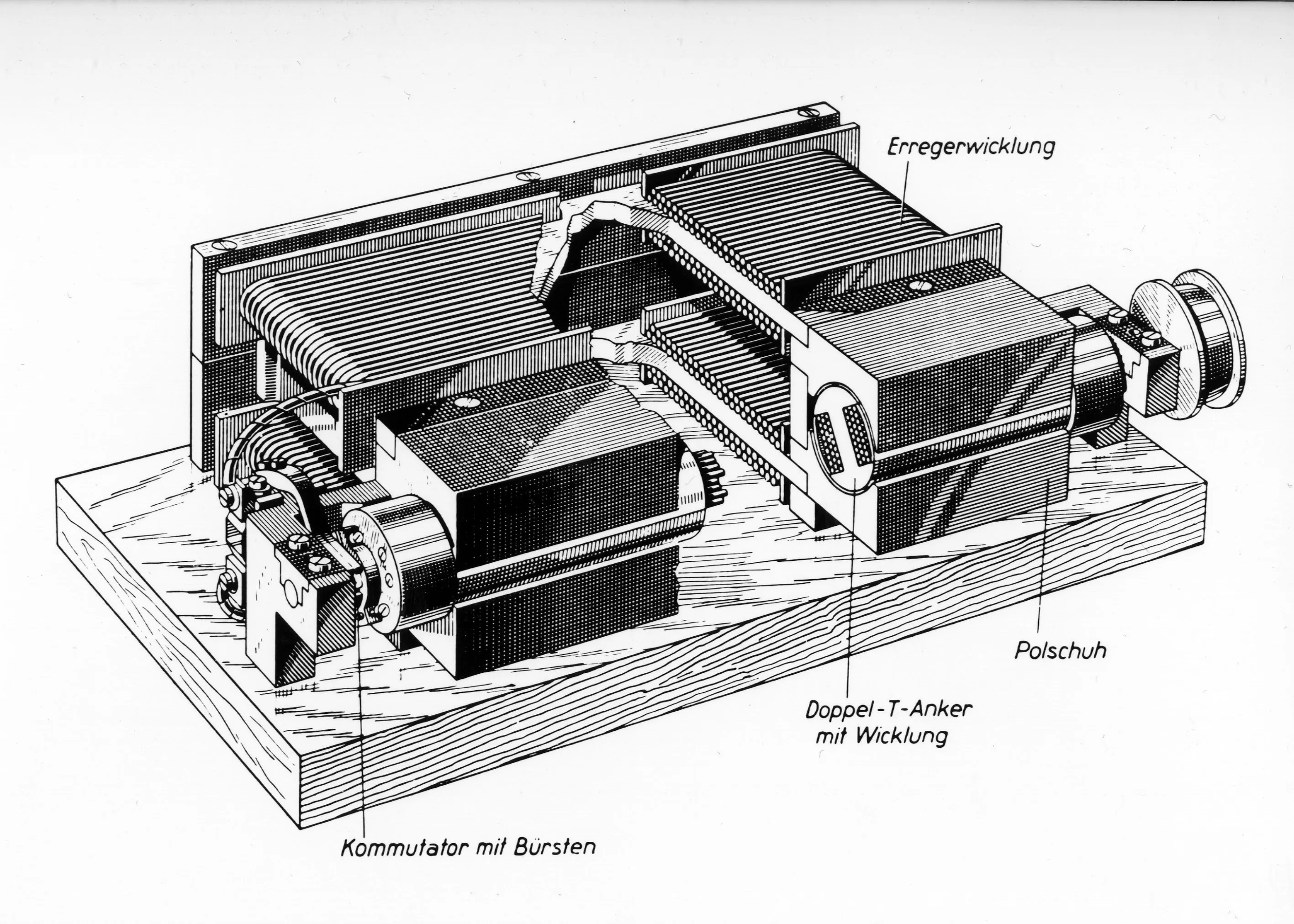- Tanda TX7 Addressable Fire Alarm System Display
- How to Program Intelligent Smoke Detector ?
- How to Program Addressable Sounder Strobe ?
- TX7130 Conventional Beam Smoke Detector Adjusting and Testing Demo
- TANDA Development Pte. Ltd Modern Automatic Production Factory
- Conventional Smoke Detector Display
- Handheld Programmer
- TX7330 LCD Repeater Panel
- TX7300 Addressable Sounder Strobe
- TX7210 Addressable Single IO Module
- TX7140 Addressable Manual Call Point
- Conventional Reflective Beam Detector
- TX7110 Addressable Heat Detector
- TX7100 Addressable Smoke Detector
- TX3309 Addressable Sounder Strobe
- TX3180 Intelligent Wireless Heat Detector
- TX3141 Intelligent Wireless Manual Call Point
- TX3130 Intelligent Wireless Smoke Detector
- TR3100 Combustible Gas Alarm
- TX7 Addressable Fire Alarm System Manuel Call Point Testing
- TX7 Addressable Fire Alarm System Smoke Detector Testing
- Intelligent Wireless Fire Alarm System Wireless Smoke Detector Testing
- Intelligent Wireless Fire Alarm System Wireless Manual Call Point Testing





